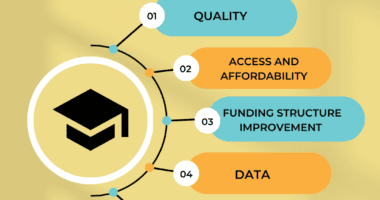Michigan Schools Still Struggling to Address Chronic Absenteeism and its Long-term Effects on K-12 Students
Troubling new data shows that nearly a third of K-12 students in Michigan missed 10% or more school days this past academic year, according to a recent story in Bridge Michigan. Students are considered chronically absent if they miss 10% or more school days in the school year. At the same time, dismal state assessments demonstrated that students have not recovered from the pandemic, and educators are pointing to poverty, health, transportation and accessibility of online course materials as key factors.
Although the current number (29.5%) of students chronically absent is down from 30.8% the previous year, the percentage is still “significantly higher than during the last pre-pandemic school year where 19.7% of K-12 students were chronically absent,” according to Bridge.
A key factor points to poverty. According to Bridge’s analysis, “districts with the greatest percentage of economically disadvantaged students have the highest rates of chronic absenteeism; and those with the fewest poor students have the lowest rates.”
The new absenteeism findings and assessment data also underscore why Michigan needs to urgently invest in students’ educational recovery. Along with our fellow partners, EdTrust-Midwest is urging that state leaders commit to strategies and resources that support our educators and students.
Read More:
States are increasingly committing to addressing chronic absenteeism.









